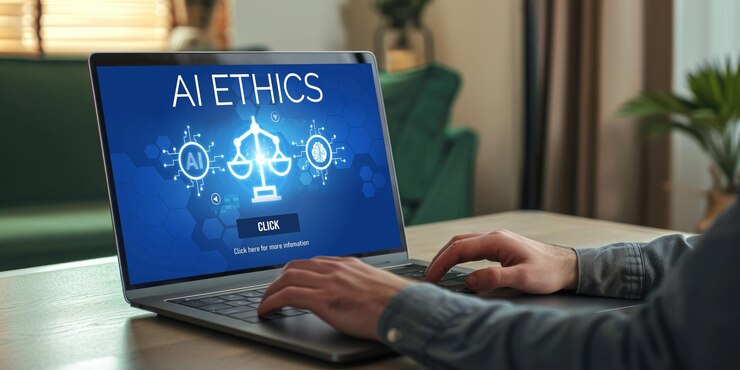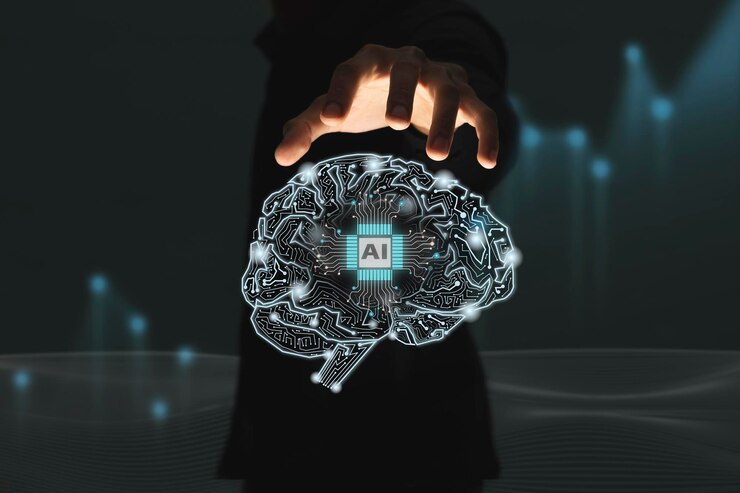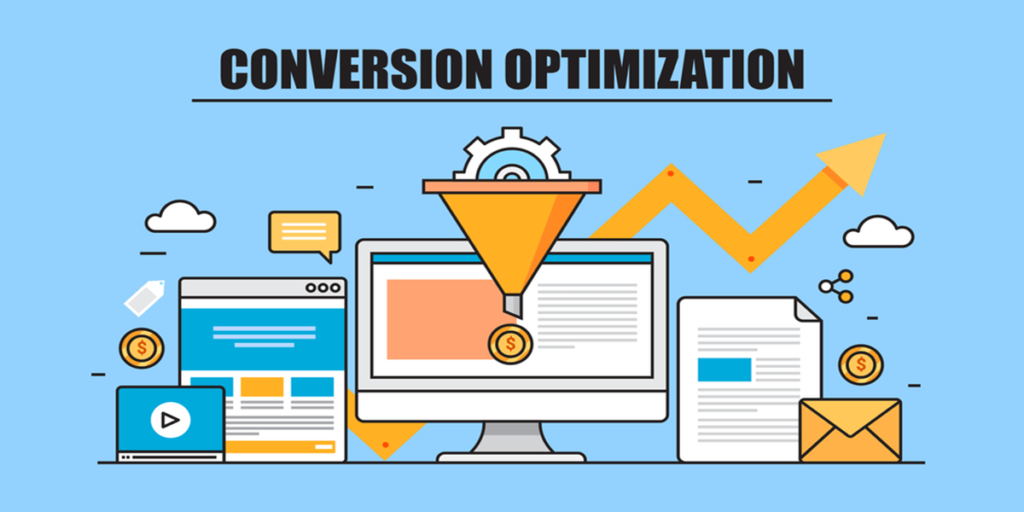Artificial Intelligence (AI) is transforming the world at lightning speed—from automating tasks and enhancing healthcare to driving cars and powering chatbots. But as AI becomes smarter and more widespread, the risk of misuse grows too. That’s where AI Ethics Prevention comes into play.
In this article, we’ll dive deep into why AI Ethics Prevention is crucial, how it works, real-world examples of misuse, and what steps governments, developers, and users must take to ensure AI benefits humanity without crossing ethical lines.
🤖 What Is AI Ethics Prevention?
AI Ethics Prevention refers to the set of principles, practices, and policies designed to ensure that artificial intelligence is used responsibly, safely, and fairly. It includes everything from programming ethical constraints into AI systems to setting up regulatory frameworks that prevent harmful applications.
At its core, AI Ethics Prevention is about aligning AI development with human values—such as fairness, transparency, accountability, and respect for privacy and human rights.
🚨 Why Is Preventing AI Misuse So Important?
AI misuse isn’t a hypothetical threat—it’s already happening. Deepfakes are used for misinformation, facial recognition is used for surveillance, and biased algorithms have led to unfair decisions in hiring and law enforcement. Without AI Ethics Prevention, such scenarios could become the norm.
Key reasons include:
-
Protecting Human Rights
AI can infringe on privacy, freedom of speech, and even liberty if left unchecked. -
Preventing Bias and Discrimination
Algorithms trained on biased data can reinforce or even amplify discrimination. -
Maintaining Public Trust
When people don’t trust how AI works, they won’t adopt even its most beneficial applications. -
Ensuring Accountability
Who is responsible when an AI system makes a harmful decision? AI Ethics Prevention ensures there’s a clear answer.
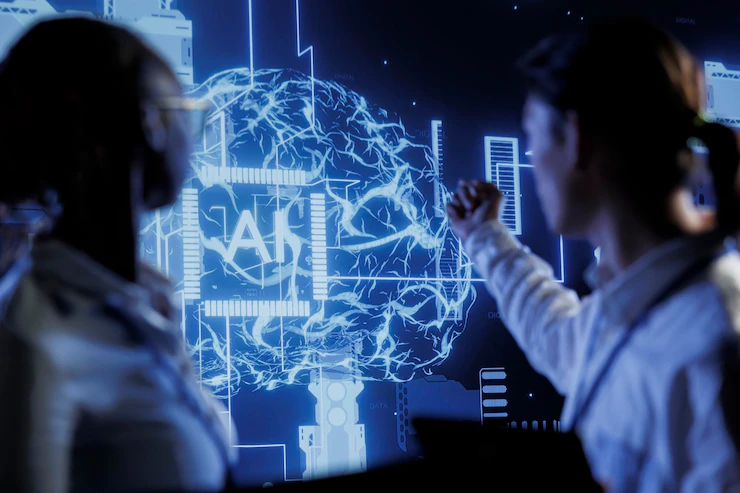
💡 Real-Life Examples of AI Misuse
Let’s look at how the absence of AI Ethics Prevention has caused problems:
-
COMPAS Algorithm (U.S. Legal System):
This AI tool predicted recidivism (likelihood of reoffending) but showed racial bias, disproportionately labeling African-American defendants as high risk. -
Amazon’s AI Hiring Tool:
Trained on resumes submitted over a 10-year period, this system started favoring male candidates and penalizing resumes containing the word “women.” -
Deepfake Technology:
From fake celebrity videos to political misinformation, deepfakes have been weaponized, raising serious ethical concerns.
These examples highlight why AI Ethics Prevention is not optional—it’s essential.
🔐 Core Principles of AI Ethics Prevention
The foundation of AI Ethics Prevention lies in several core principles:
1. Transparency
AI systems must be explainable. Users should understand how and why a system makes decisions.
2. Fairness
Algorithms must treat all users equally, regardless of race, gender, or socioeconomic status.
3. Accountability
Developers, organizations, and governments must be held responsible for the impact of AI systems.
4. Privacy
AI should respect data privacy and ensure secure handling of sensitive information.
5. Human Oversight
There must always be a human “in the loop” for critical decisions—especially those affecting human lives.
🏛️ The Role of Governments and Regulators
Governments worldwide are beginning to take AI Ethics Prevention seriously.
-
EU AI Act: The European Union’s AI Act classifies AI systems by risk level and imposes strict rules on high-risk applications.
-
U.S. Blueprint for an AI Bill of Rights: Offers a framework to ensure people are protected in AI-powered environments.
-
India’s National AI Strategy: While still evolving, emphasizes responsible AI as a key pillar.
Without strong legal frameworks, AI Ethics Prevention cannot be enforced or standardized.
🧑💻 What Developers Can Do
Developers play a front-line role in implementing AI Ethics Prevention:
-
Use diverse and inclusive datasets
-
Perform regular bias audits
-
Ensure algorithms can be interpreted
-
Set up “kill switches” for emergency shutdown
-
Collaborate with ethicists during the design process
The idea is simple: build with responsibility from day one.
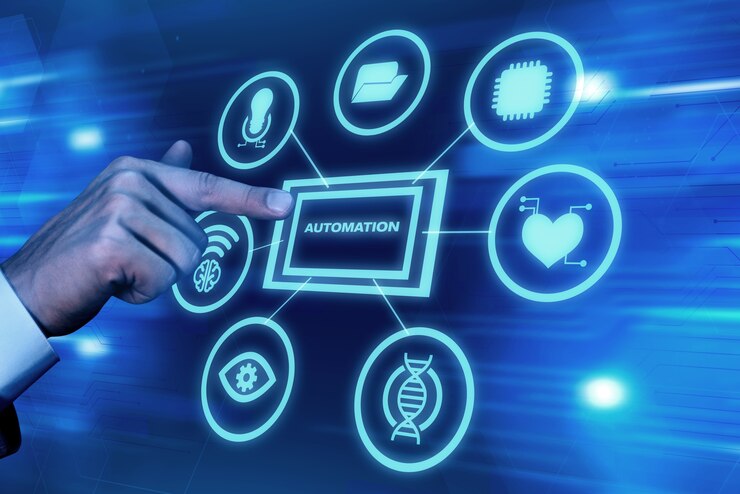
🧑🤝🧑 The Role of Society and Users
You don’t need to be a developer to contribute to AI Ethics Prevention. As a user:
-
Demand transparency from AI tools
-
Report unethical AI behavior
-
Support organizations that promote ethical tech
-
Educate yourself about how AI works
A well-informed society is a powerful line of defense against AI misuse.
🌍 Global Collaboration Is Key
AI doesn’t respect borders, so AI Ethics Prevention must be a global effort. International organizations like UNESCO, OECD, and the United Nations are pushing for global AI ethics standards.
Only through worldwide cooperation can we manage AI’s risks while maximizing its benefits.
🧭 Future of AI Ethics Prevention
As AI evolves, so will the ethical challenges it brings. Upcoming areas that demand strong AI Ethics Prevention include:
-
Autonomous Weapons
-
Emotion AI and Mind Reading Tech
-
AI in Education and Mental Health
-
AI-generated Legal or Medical Advice
The work of AI Ethics Prevention is never done—it must grow with the technology it seeks to protect.

🙋 Frequently Asked Questions (FAQs)
Q1: What is AI Ethics Prevention?
AI Ethics Prevention refers to the strategies and guidelines that ensure artificial intelligence is developed and used in a way that is ethical, safe, and fair.
Q2: Why is AI misuse a concern?
AI can be misused for surveillance, discrimination, misinformation, and even warfare. Preventing misuse protects human rights and social stability.
Q3: Who is responsible for AI Ethics Prevention?
Everyone—from developers and companies to governments and end-users—shares the responsibility of ensuring AI is used ethically.
Q4: Can AI be fully ethical?
AI can be designed to follow ethical guidelines, but like any tool, its use depends on human intent. That’s why AI Ethics Prevention is so crucial.
Q5: How can I get involved?
Stay informed, question the tools you use, and support ethical AI initiatives. Even small actions make a big impact.
✍️ Author Bio
Written by Sumit Kumar Ravi — a passionate tech blogger, software enthusiast, and MCA student at Marwari College, Ranchi. Read more of his work at sumitkrravi.netlify.app.
🔖 Tags
AI Ethics Prevention, Artificial Intelligence, AI Misuse, Ethical AI, Responsible AI, AI Bias, AI Regulation, AI and Society, Tech Ethics, Future of AI

